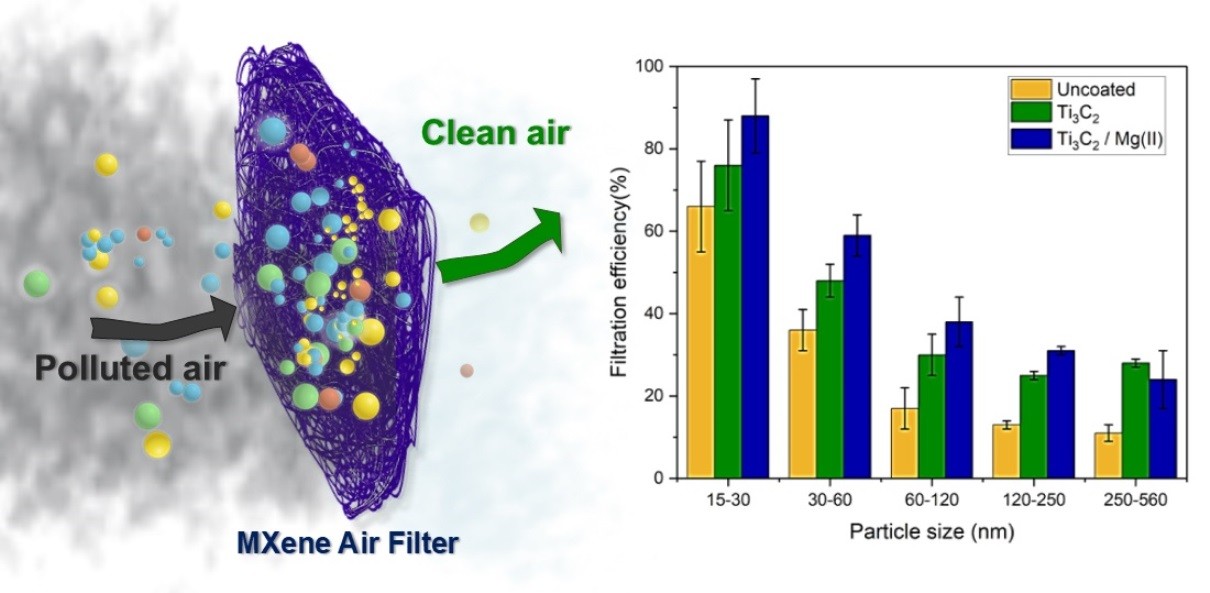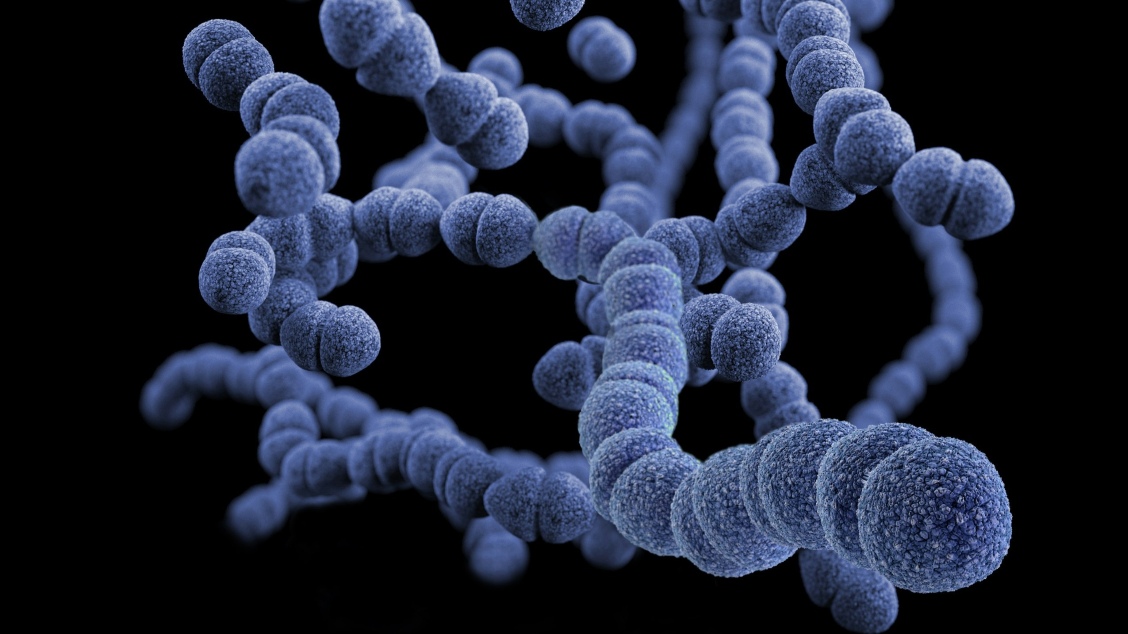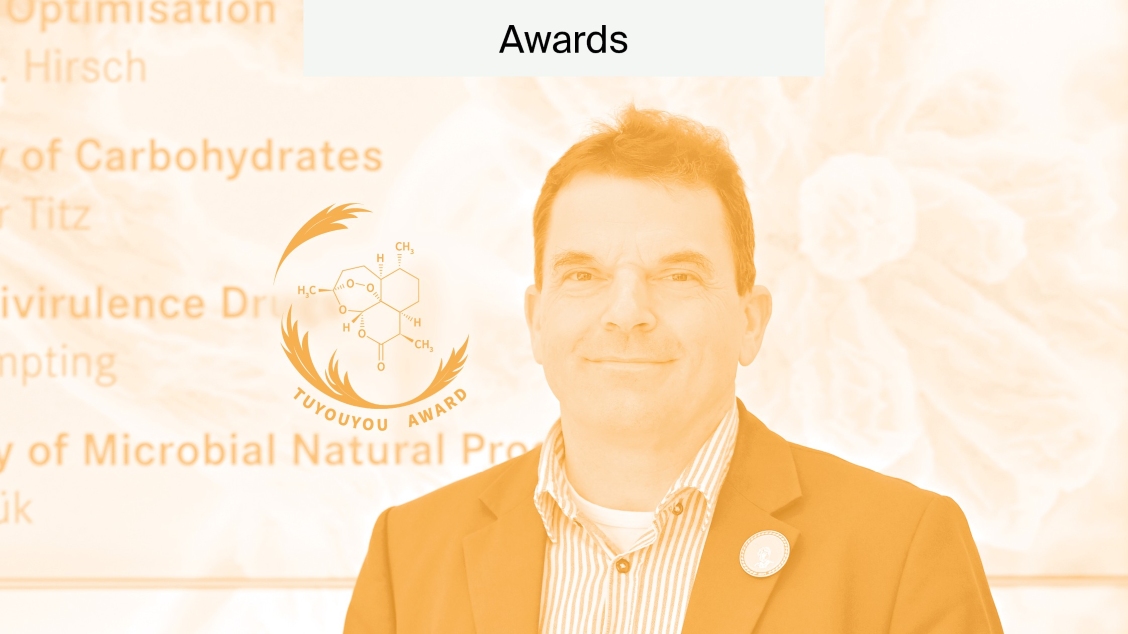
Scientists Develop a New Type of Air Purifier to Tackle Air Pollution
Since the dawn of the Industrial Revolution in 1760, air quality has progressively worsened as factories and large-scale industrial processes pollute the air we breathe. This can result in significant harm to people’s health, as toxic chemicals are unknowingly inhaled by populations across the globe.
Adequate air purification is critical to counter the deleterious impacts that poor air quality can have on health. In an Editor’s Choice article published in C – Journal of Carbon Research, researchers from Drexel University, Philadelphia, use a new type of graphene-based material called MXenes to develop nanoparticle air filters.
The impact of worldwide air pollution
Poor air quality all over the world is becoming an increasingly concerning issue. Cities such as Wuhan, China and Lahore, Pakistan sit within the top five of the major cities with the poorest air quality, according to a 2024 IQAir World Air Quality Report.
Air quality ratings account for multiple factors, including an index of how clean the air is and a measure of particulate matter (PM). PM is made up of tiny gas, liquid or solid chemicals that are harmful to health, such as sulphur, nitrate, or carbon particles. PM is measured by either PM10 (particles smaller than 10 micrometres) or PM2.5 (particles smaller than 2.5 micrometres). Nanoparticles that are less than 100 nanometres (0.1 micromteres) can cause significant harm to human health and are commonly found in urban cities with high traffic densities and industrial emissions.
Previous research and the World Health Organisation provide evidence for the negative impacts that poor air quality has on health. They state the impact that air pollution and household air pollution, consisting of dust, fumes, mist, smoke, or vapour, has on human health. Not only can it cause significant respiratory issues and neurological disorders, but breathing in toxic carcinogenic chemicals can significantly contribute to the development of cancer.
Using air filtration systems is an incredibly useful way to reduce household air pollutants. The development of these systems can be complex, as a diverse range of materials can be used that determine their efficiency at purifying the air.
The application of MXene nanomaterial
MXene is a 2D material made from layers of carbon and/or nitrogen atoms arranged in a hexagonal graphene structure, with other transition metals such as titanium sandwiched between the layers. MXene’s unique composition equips the material with many unique chemical and mechanical properties, such as its stability, thermal and electrical conductivity, flexibility and hydrophilic properties.
Hence, the material has been used for a diverse range of processes, with its synthesis altered slightly depending on its application. It has been used in sensors, energy storage in batteries, for wastewater treatment, aerospace and flexible electronics.
Researchers in the aforementioned study demonstrate how MXene can be used to coat textiles to create improved high-performance air filters.
“It can be challenging for common filters to contend with particles less than 100 nanometers, which include those emitted by industrial processes and automobiles,” said Michael Waring, PhD, a professor in Drexel’s College of Engineering, and coauthor of the research. “Being able to augment a filter, through a simple coating process, to make it effective against these emissions is a significant development.”
Using MXenes to develop more efficient air filters

In the study, researchers wanted to test the ability of MXene coated textiles to adsorb air pollutants. Adsorption is the process by which atoms from gas, liquids or solids stick to the surface of the material in question. The researchers first designed and synthesised MXenes that were made up of 1) titanium-Carbon (Ti3C2)-coated and 2) Ti3C2/magnesium (II)-coated polyester. They were both designed to filter nanoparticles smaller than 100 nanometres.
The researchers used scanning electron microscopy and Electron Dispersive X-Ray Spectroscopy technology for a detailed structural and morphological analysis, as well as comparing it with uncoated polyester. Here, they found ‘excellent adherence and coverage throughout the substrate of both coated systems’. They also found that adding magnesium (II) enhanced the structural characteristics of the MXene, demonstrated by a more uniform coating, even distribution, and decreased pore sizes of the synthesised filter.
Importantly, the researchers then tested the air filtration efficiency of both coated and uncoated systems and compared the results. They found that the Ti3C2-magnesium (II)-coated polyester MXene performed better with a more enhanced filtration efficiency, demonstrating up to 90% filtration efficiency with nanoparticles within the 15-30nm range.
This demonstrates the excellent ability of certain MXenes to filter toxic nanoparticles from the air. The application of MXenes could extend beyond this, as more research presents its advantageous qualities for use in other vital processes.
Future Research
This research presents its use in developing more efficient air filtration, providing an optimistic future for a purer and cleaner air quality in buildings and homes. Optimising the MXene systems is important for future research and development of the air filters.
“Studies like this are encouraging for real-world application of MXenes in air filtration,” said Prastuti Upadhyay, a Materials Science and Engineering undergraduate student in the College of Engineering, “But it should be noted that our air filters could still be improved by focusing on optimizing the MXene structure, pretreatment ions and the filter substrate. This leaves room for many exciting possibilities for this line of research.”
To read more about research like this, access the Journal of Carbon Research, where articles are free to read immediately. Alternatively, access the full journal list to explore a diverse range of the latest novel research.










